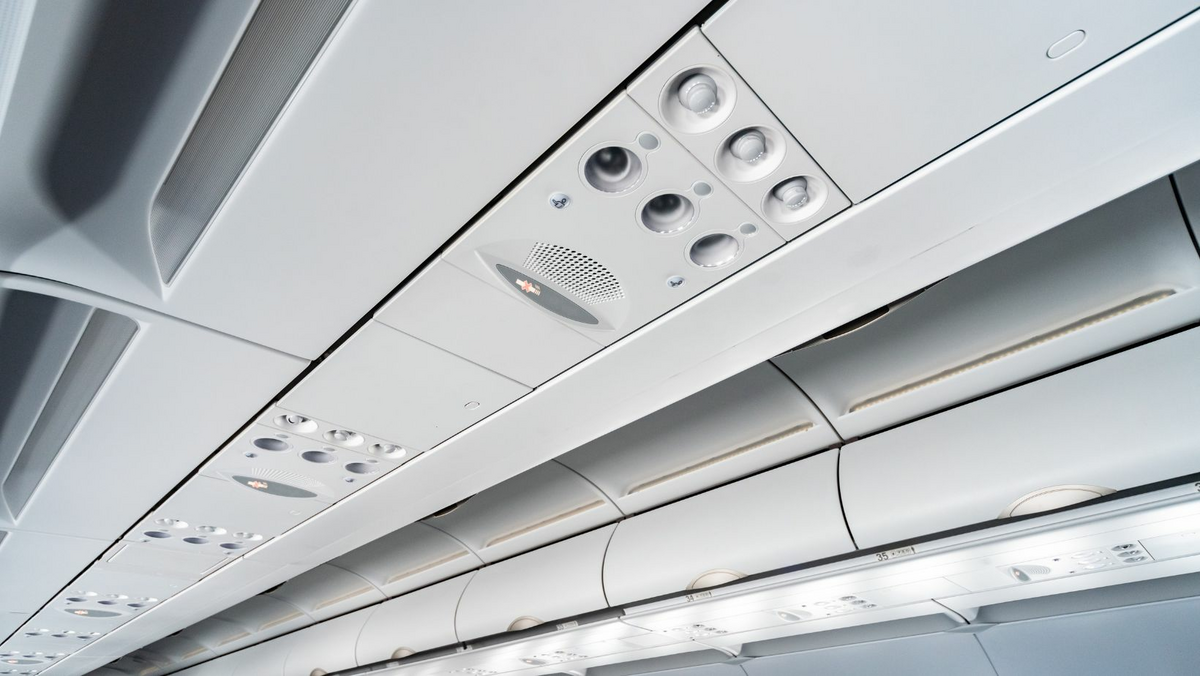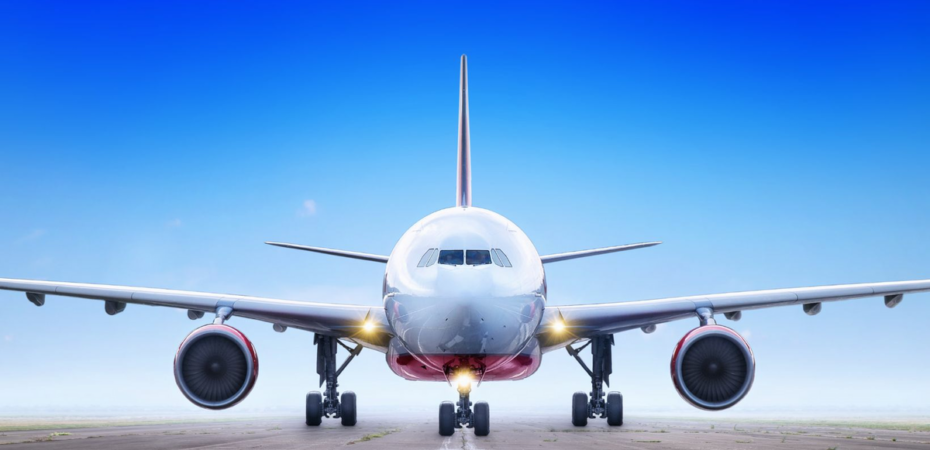Out of all the modes of travel, flying is the most frequently feared one. It doesn’t help that so many incidents make headlines in aviation news. Even minor events of aircraft failure without any risk of injury to passengers tend to be widely talked about.
Most of the time, the reason is that such incidents are, in fact, so rare, and analyzing them helps to ensure that they won’t happen ever again. But this fact is not evident for passengers with this irrational fear. But the first step in overcoming flight phobia is understanding it.
Defining Aeorophobia
On the surface, aerophobia (also known as aviophobia or flying anxiety) is simply an extreme fear of flying in an airplane. Just as the fear of heights (Acrophobia), public places (Agoraphobia), or fear of bacteria (bacteriophobia), it can induce uneasiness, anxiety, or even a panic attack.
But when we look at aerophobia more closely, we can see that it may come in a variety of forms, as a person might fear different aspects of flying.
Varieties of Aerophobia
Fear of take-off is, perhaps, the most common aspect of aerophobia. It is induced by a sudden change in altitude and supplemented by a possible shaking and trembling of the aircraft. This form of flying phobia is relatively easy to overcome as the take-off doesn’t take that long. However, it often comes together with the fear of landing.
Fear of descent and landing occurs when a person fears the possibility of a plane crashing during the landing. It often comes from the sudden change in altitudes and seeing how the ground beneath the plane closes in quickly. A person with such a fear might often have some rational arguments, as descent and landing is, in fact, the most unsafe part of the flight.
Fear of being locked in the passenger cabin during flight is commonly understood as a form of claustrophobia. The person who fears being in small places might feel anxious in a plane as there are only limited options to move to a wider place during the flight.

Fear of not seeing the ground during mid-flight occurs from a sudden realization that you are very far off the ground. We can compare it to thalassophobia, which occurs in sailors when they can see only large bodies of water over long periods of time.
Fear of the plane itself is also a common phobia, as it is a gigantic device. It is often associated with megalophobia (fear of large objects in general) and might occur while boarding a plane. In extreme cases, it results in a person not boarding the plane at all.
The variety of factors inducing aerophobia is almost limitless. It’s of limited use to understand all of them, but detecting which specific parts of flight you fear the most can be helpful in dealing with the phobia.
What Can Airlines Do To Minimize Passenger Aerophobia?
Just as you can detect what you fear about flying and fight it, airlines and airports can take measures to reduce the triggers of aerophobia in passengers.
Using Airport Aprons
Most larger commercial flights board passengers using special ramps, also known as. Not only are they more effective and convenient in boarding passengers on an airplane, but they are also less likely to induce aerophobia.
It is especially true for passengers who have a tendency to megalopolis. If you do not see the plane in its entirety, it’s easier to overcome the fear of flying. That’s why passengers with aerophobia tend to choose more expensive airlines that board passengers with aprons.
Window Seats
Choosing your seat before the flight is essential for many passengers inclined to flying phobias. The simple reason is that they can choose a seat farther away from the window. Not seeing that you are flying above the clouds makes it easier to deal with aerophobia.
Another option is allowing passengers to close the window lids, but it’s not always possible as the crew usually asks to open them before landing. It’s always better to let passengers choose the aisle seats before the flight instead.
Allowing passengers to choose aisle seats also helps with the fear of flying that stems from claustrophobia. Most such passengers want to have more room to move in the seat and be able to take a walk if the plane is flying without turbulation or other disturbances.
Communication
Flight announcements from the pilot aren’t just a common courtesy. As many passengers have various levels of aerophobia, announcements from the crew are helpful in fighting them. They build trust and confidence because passengers know an expert is in charge of the aircraft.
It’s a part of pilot training to learn how to make positive announcements about flight conditions, flying time, and other important information. While it isn’t necessary for passengers to know all the details, knowing what is happening can lower the possibility of in-flight panic attacks or make the flight more comfortable.
Anti-anxiety Medication on Board
The crew cannot know all the possible instances and triggers of aerophobia. Neither can a passenger know what all that can trigger a panic attack. For this reason, most airlines ensure that the crew has some anti-anxiety medication, such as Valium.
In the worst-case scenario, a panicking passenger might be given this medication to remain calm during the flight. Of course, this comes with additional risks, as flight attendants or other aircrew members do not know the health history of a passenger and might not be competent enough to prescribe strong medications.

For this reason, it’s the duty of the passengers to know their phobias and be able to deal with them with medication or other methods known to them.
Conclusion
Aerophobia is a common fear that takes many forms. However, airlines have many ways to minimize the risks. If passengers are also cautious of their fears and prepared to tackle them, the risk of aerophobia-induced panic attacks or stress is minimal.


 By
By 





